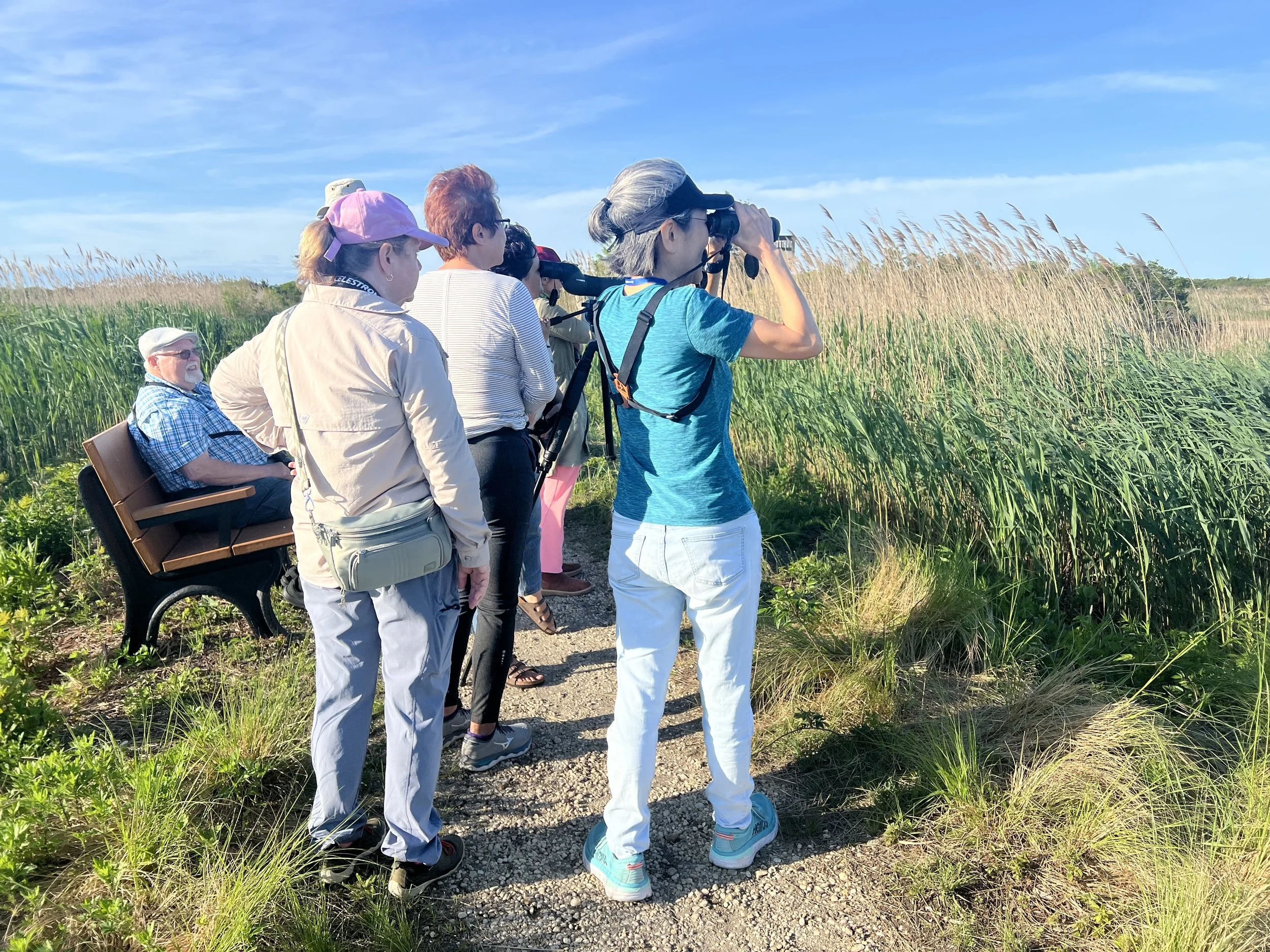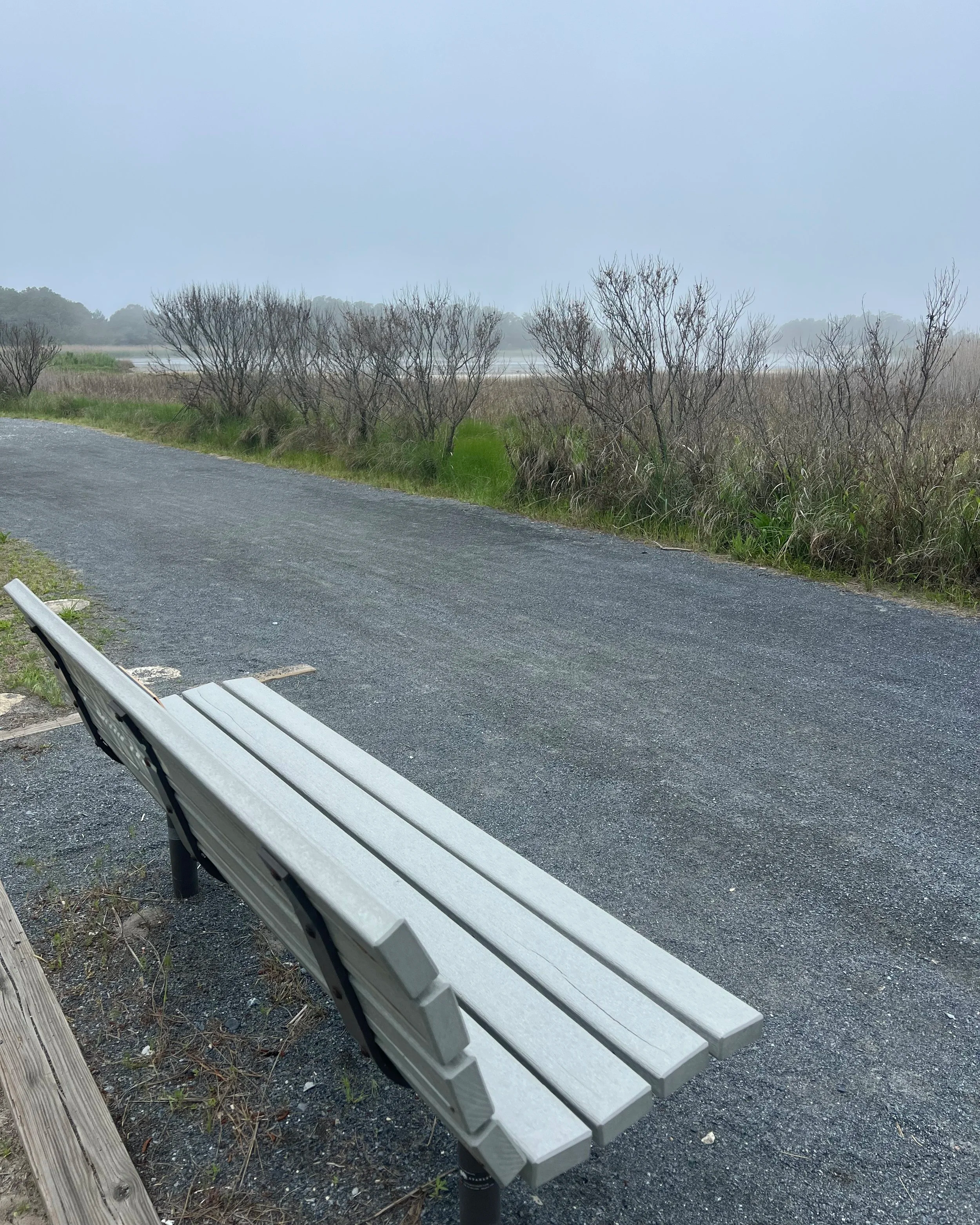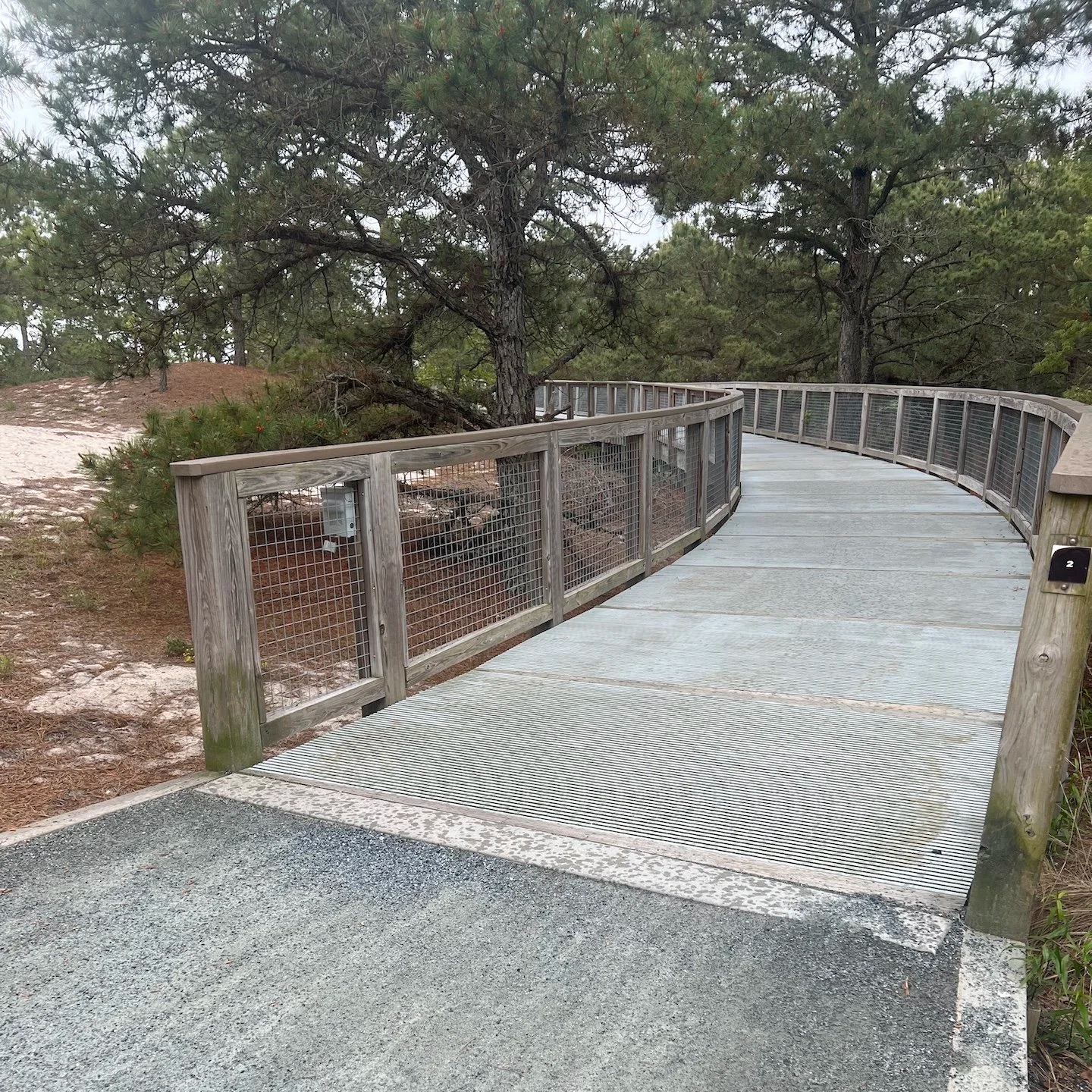If we are lucky, we will grow old. We’ll continue to enjoy the things that make us happy, like birding!
That includes whatever form of birding we deem satisfying, be it car-birding, traversing trails, listening for birdsong along a country road, or sitting on the deck of an eco-lodge. Cornell’s Living Bird commissioned me to write about just this topic for their Fall 2025 print issue, and you can read it online for free, here. “The Rise of Easy Does It Birding,” explores how birding expectations change over time as our bodies tell us to slow down while our heads still want to get out and bird.
A huge thank you to Wenfei Tong, who recommended me to the editor of Living Bird as a writer to try out, and to Monique McClure, whose input at the start of this project informed the story’s emphasis on accessibility not just in the built environment but in the language we use to describe it.
What follows are several photos I took of “easy does it” birding structures out in the world. These structures benefit everyone no matter age or mobility. Ultimately, such structures can benefit birds for the access in viewing them (and protecting them).
Cape Henlopen State Park, Rehoboth Beach, Delaware. Bench placement can enhance visitor experience, for rest and optimal viewing of birds (in this case overlooking the park’s Gordon Pond).
Cape Henlopen State Park, Rehoboth Beach, Delaware. Easement onto maintained boardwalks is a welcoming sight to anyone venturing into a wetland viewing area.
South Cape May Meadows Preserve, Cape May, New Jersey. Packed dirt with minimal gravel is next best surface after paved for moving through a space.



